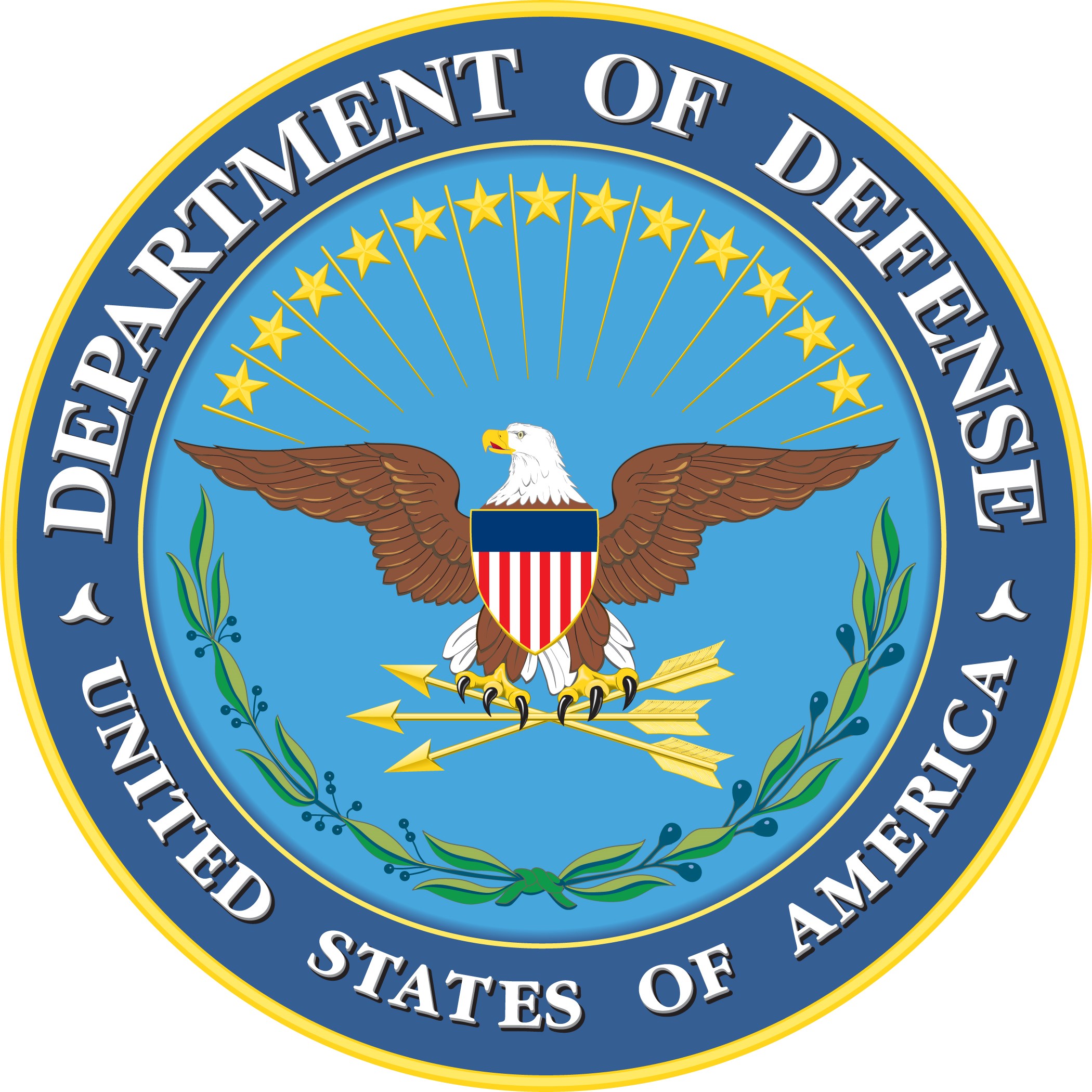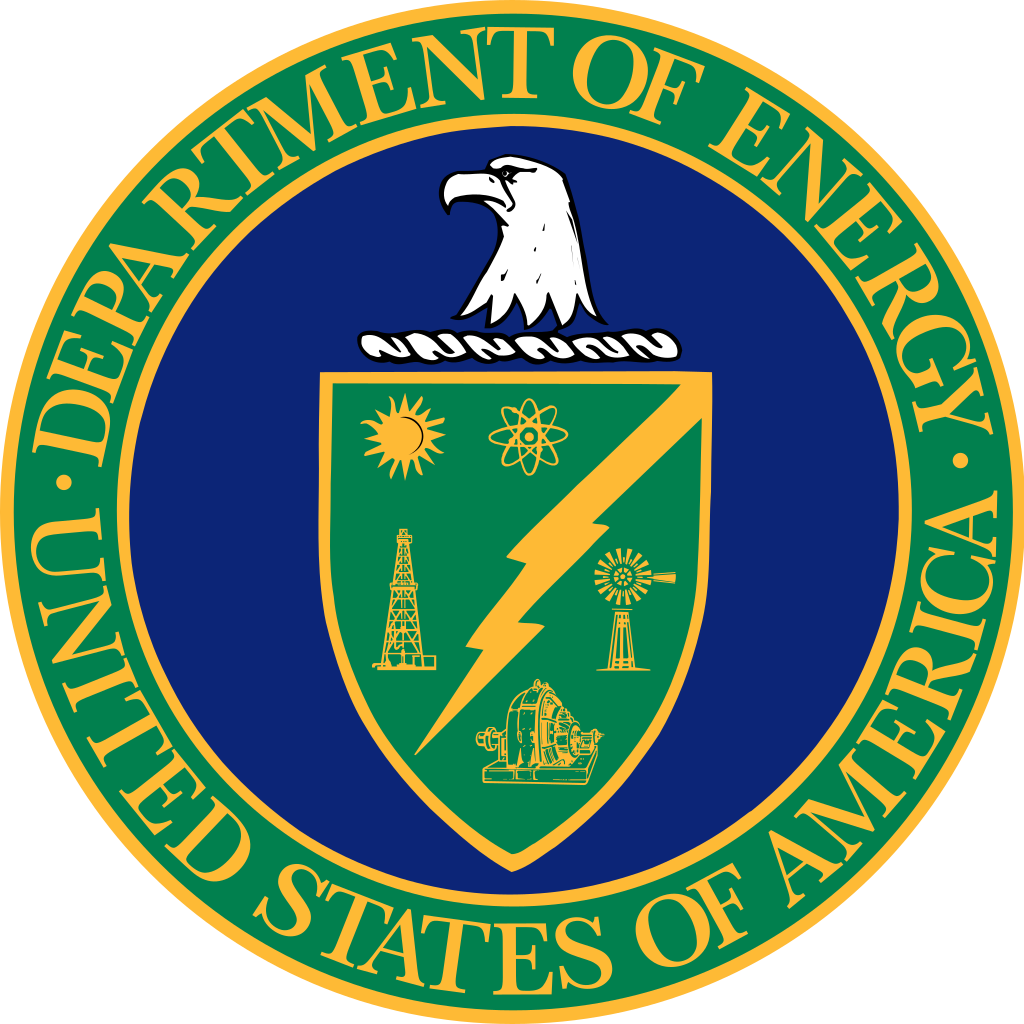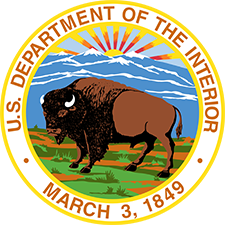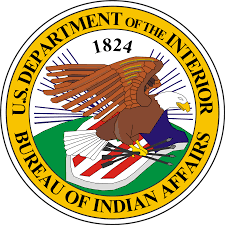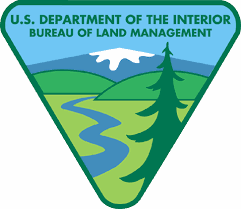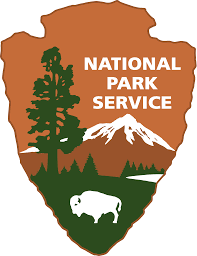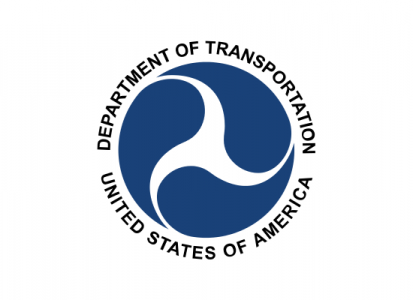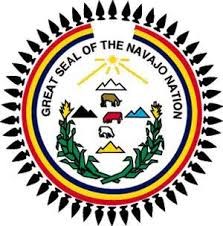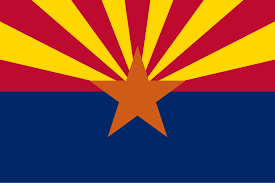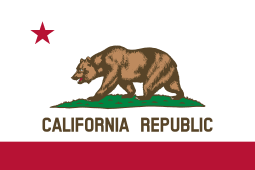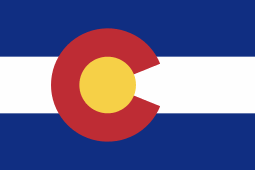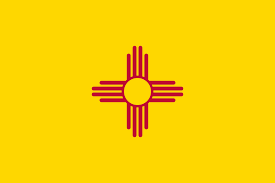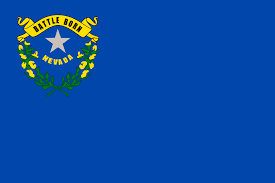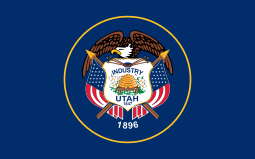About
Background
The Western Regional Partnership was established in 2007 when the Department of Defense partnered together with representatives of Federal agencies and State and Tribal leadership in the States of Arizona, California, Nevada, New Mexico and Utah. The WRP was expanded in 2015 to include the State of Colorado.
Mission & Goals
The mission of WRP is to provide a proactive and collaborative framework for senior-policy level Federal, State and Tribal leadership to identify common goals and emerging issues in the states of Arizona, California, Colorado, Nevada, New Mexico, and Utah and to develop solutions that support WRP Partners and protect natural and cultural resources, while promoting sustainability, homeland security and military readiness.
The WRP region contains significant military assets, federal and Tribal lands, infrastructure systems such as energy and transportation, and wildlife ecosystems; making WRP valuable in leveraging resources and linking efforts to help partners share best practices. The goals of WRP are to:
- Serve as a catalyst for improved regional coordination among State, Federal and Tribal agencies
- Address common goals, identify and solve potential conflicts and develop solutions that protect our natural and cultural resources, while promoting sustainability and mission effectiveness
- Provide a forum for information exchange, issue identification, problem solving and recommendations across the WRP region
- Adopt strategic priorities at the annual Principals’ meeting
- Leverage existing resources and linking of efforts to better support key projects
- Identify geospatial requirements and leverage existing tools and resources to support WRP priorities.
Structure
The WRP is Co-Chaired by the Governor of Utah; Deputy Assistant Secretary for Water and Science, U.S. Department of the Interior; and the Deputy Assistant Secretary of Defense for Environmental Management and Restoration, U.S. DOD. WRP Principals are executive level leaders from Federal and State agencies and Tribal governments in the region and are responsible for providing leadership and direction to the efforts undertaken by the WRP. The membership of the Steering Committee is composed of senior staff members representing WRP Principals and coordinates with WRP Committee Co-Chairs. The Partnership also has committees that provide a forum for information exchange, issue identification, problem solving and recommendations across the WRP region. The committees are:
- Energy
- Military Readiness, Homeland Security, Disaster Preparedness and Aviation
- Natural Resources
- Tribal Engagement
More details on the structure and function of the WRP can be found in the charter.




